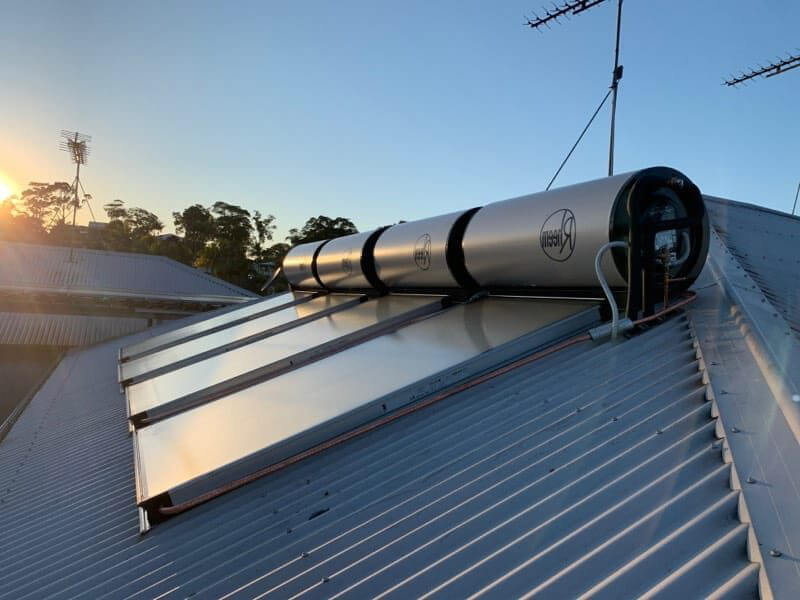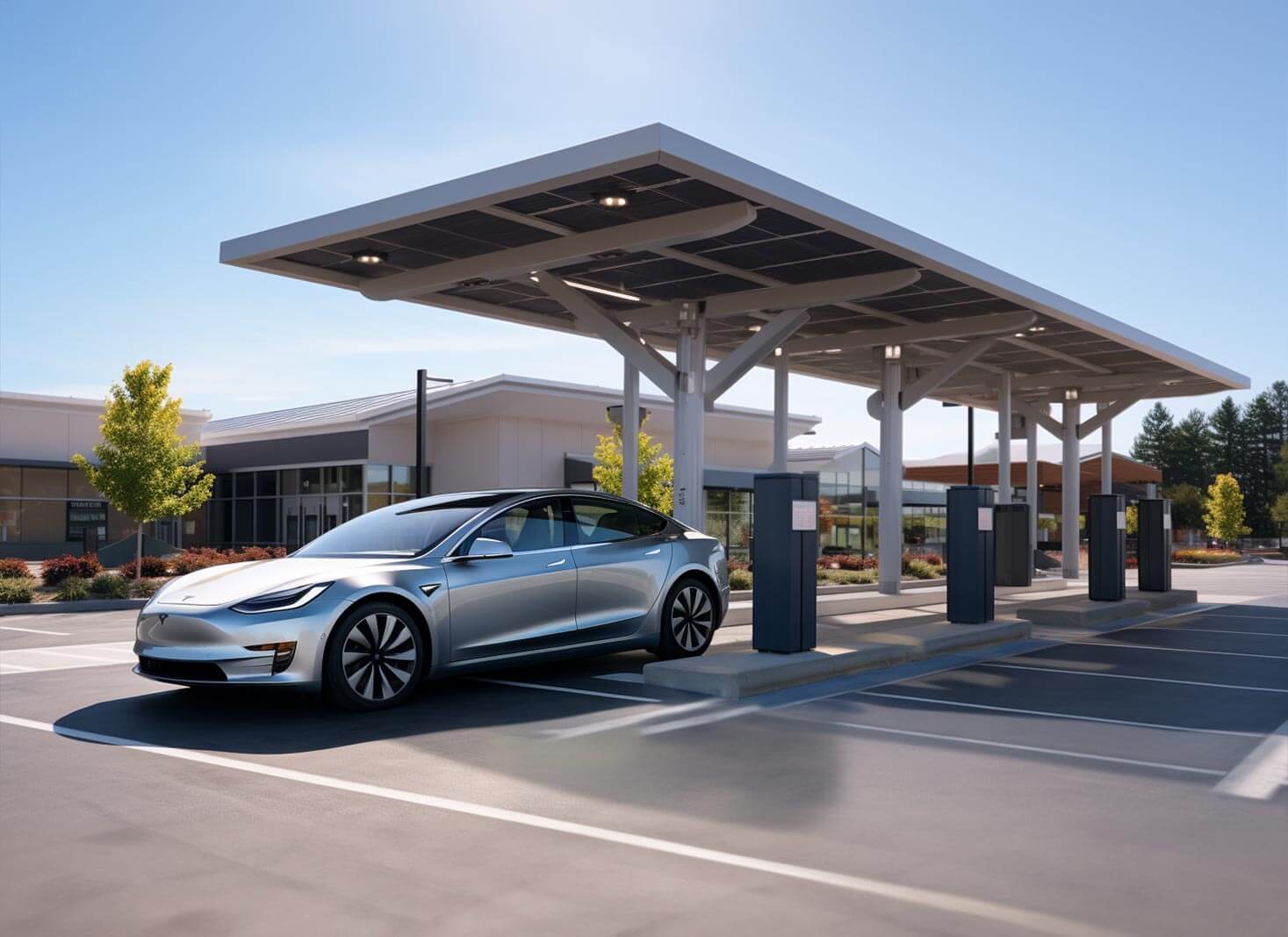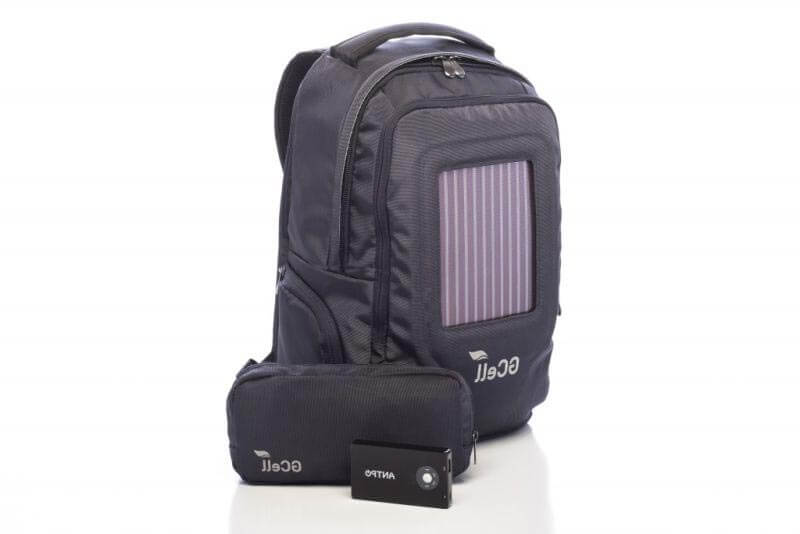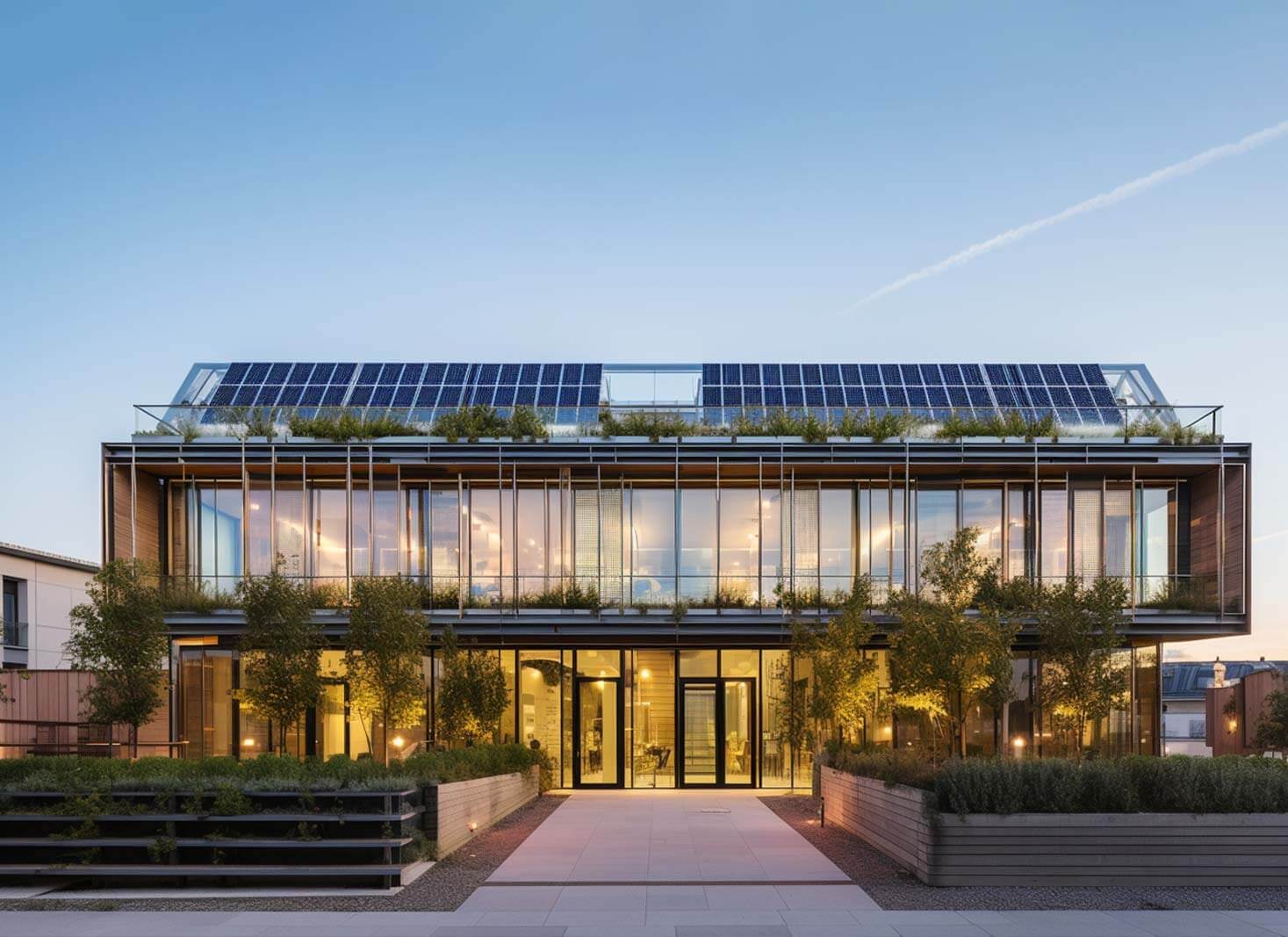Home How Is Solar Power Used?
How Is Solar Power Used?
Solar power is gaining popularity, allowing us to tap into the sun’s energy for both our homes and businesses.
Solar electricity can be utilized for various purposes, it is highly feasible to use solar energy to charge gadgets, home appliances and now even vehicles. This can be possible by implementing and converting solar light into usable electric power.
With its versatility and potential effects on daily life, it’s easy to understand why so many people are turning towards harnessing this inexhaustible source!
This article will explore the various uses and applications of solar power. Read on to learn more.
Table of Contents
ToggleShort summary
- Harness the solar energy to revolutionize energy use and reduce reliance on fossil fuels.
- Enjoy cost savings, high energy independence, and a smaller carbon footprint with residential solar applications.
- Explore emerging technologies such as floating solar farms for increased efficiency and improved habitats.
Residential solar applications

Harnessing renewable energy is changing life in a number of ways. Solar power is helping homeowners enjoy lower electricity costs, improved autonomy, and an environmentally friendly lifestyle.
The utilization of solar energy technologies offers many advantages. Not only do they provide solutions for generating electricity, but they also can be used for water heating and district heating. All these benefits come with reduced reliance on traditional electrical utilities, ultimately leading to lower bills too!
Solar electricity generation
Using the solar energy to generate electricity is a remarkable accomplishment. Solar PV cells make this possible by transforming solar power into electricity that can then be harnessed with the help of photovoltaic systems, which may either be installed on rooftops or linked up to major electrical networks for wider-scale production.
The rising enthusiasm for these kinds of PV units demonstrates how much people want greener, more renewable sources for generating electricity.
Apart from contributing cleanly sourced power, they also increase overall grid stability by creating new job opportunities and driving economic growth in many areas.
Due to its ability to produce enough energy to cover everything needed—from houses to vehicles—solar-powered electricity generation will continue to play an essential role in future developments regarding acquiring sustainable energy resources.
Solar water heating systems

Solar water heating systems effectively produce hot water by collecting thermal energy from the sun. Depending on how they circulate heated Liquid, they can be divided into passive or active models. Passive models take advantage of natural convection, while active versions utilize solar-powered pumps for more efficiency.
Not only do these methods save money on electricity bills, but they also reduce use of fossil fuels, making them environmentally friendly as well. Solar-powered alternatives provide an excellent option for producing grid independent energy source at home. Additionally, cost effectiveness is one of the major bonus of producing solar energy.
Solar lighting solutions

Solar lighting solutions provide an economical and environmentally-friendly alternative for illuminating both indoor and outdoor spaces. With these energy- efficient methods, we can create a more welcoming atmosphere without spending extra on traditional lights.
Outdoor solar lighting
Using the solar energy, outdoor lights make gardens and yards look stylish. They shine brightly without needing any wires, giving a classy touch to the surroundings. Security lights utilizing solar energy are also an excellent choice for outdoor settings. They’re weatherproof and offer lasting protection against burglars or intruders.
Pathway lighting is another great way to benefit from this renewable resource, as it helps us navigate our steps through parks and backyards alike without hassle. Solar-powered choices have demonstrated their adaptability in various settings, underscoring their immense value when reflecting on outdoor home improvement projects.
Indoor solar lighting
Solar-powered lighting is a great way to light up your interior while conserving energy. With the solar rays providing our homes with naturally bright illumination, many options are available, from desk lamps and pendants to skylights for a stylish look that won’t compromise on eco-friendliness.
Due to innovations in renewable energy sector we can enjoy can enjoy indoor spaces comfortably without having an adverse effect on the environment Also, these innovations are enabling us to enhance aesthetics in lightning of homes by only using solar power.
Solar-powered appliances and gadgets

Solar power is no longer just a large-scale application. Now a days, solar energy is essential component in everyday life. To develop a better approach toward sustainability, home appliance and gadgets are utilizing solar energy. From solar ovens, cookers, and chargers to power banks, these devices are getting increasingly popular due to their clean, renewable source while saving maintenance costs.
Solar chargers and power banks
Harnessing the solar energy to charge power banks presents a practical and eco-friendly solution for keeping devices like phones, tablets, and smart watches charged on the go. By integrating solar panels into power banks, users can tap into renewable energy, reducing their environmental impact. This sustainable charging method offers portability, cost-efficiency, and versatility, making it an ideal choice for those who prioritize convenience without compromising their commitment to a greener future.
Solar-powered electronics
The solar power is revolutionising electronics through innovative devices such as solar calculators and wireless speakers that utilize solar energy. Solar energy can significantly impact our day-to-day lives in an environmentally friendly manner by solar cell embedment in modern devices.
Now a days, Grid independent security cameras has been introduced in the market making renewable energy usage much easier to achieve than ever before.
Solar energy in transportation

Solar energy is becoming an increasingly attractive form of power for transportation. Not only can it be used to drive cars, buses, and trains, but also in the design of public infrastructure, resulting in a much cleaner option when moving from one place to another.
Solar-powered technology has completely revolutionized our daily lives. From gadgets to home appliances, solar energy is replacing traditional methods with more sustainable solutions that generate no pollutants or emissions.
Solar electric vehicles (EVs) and charging stations
The automotive industry is becoming more innovative with the introduction of solar electric vehicles powered by integrated solar panels that generate electricity for their motors. Examples include Lightyear Zero and Sono Sion, both of which offer a cleaner and more sustainable form of transportation than traditional gasoline-powered cars.
Home-based EV charging solutions support this environmental friendly mode of travel by using clean, renewable energy from the solar rays to power up electrical vehicle batteries. This demonstrates how crucial solar technology is to current methods of transportation today and will be in the future.
Public solar infrastructure
Solar energy is being utilized to develop public infrastructure. Increased sustainability is observed in urban surroundings due to solar-powered bus stops, benches, and streetlights. These novel applications not only contribute to sustainable city progress but also demonstrate the potential for solar energy to revolutionize cities and towns.
These valuable components provide electricity as well as helpful charging stations. Hence, metropolitan regions are becoming more greener due to advancements in solar energy technologies.
Solar innovations in fashion and wearables

Solar energy is taking on new forms with the introduction of wearable solar-powered devices and textiles. From watches to clothing, these products allow us to capture and use the solar energy more efficiently than ever before. We are now able to access this renewable source in entirely novel ways for our own benefit.
Solar-powered watches and accessories
Solar-powered watches are a stylish and environmentally-friendly. Solar powered smart watches use solar cells that convert light into electrical energy. Life span of these watches are 25 years without any maintenance, offering an eco-friendly option with longevity.
There are now many other types of accessories powered by solar, such as backpacks, phone chargers, and flashlights, which allow to stay fashionable while making a positive impact on our environment.
Solar-integrated clothing and textiles
Solar-integrated clothing is a new fashion trend that incorporates solar cells into fabrics to produce electricity. This technology still requires development, but it has the potential to give us environmental friendly clothes that can also charge our electronic gadgets while on the move.
The garments with built-in photovoltaic cells range from jackets and bags to tents, all are designed to capture energy directly from sunlight to power devices like phones or tablets. Hence, revolutions in solar integrated clothing and textile sector will enable people to enjoy apparel that not only looks stylish but also provide electricity without any additional cost.
Commercial and industrial solar applications

Solar energy is becoming increasingly accessible as it makes huge strides in the commercial and industrial markets, supplying pollution-free renewable energy to factories, warehouses, and other buildings. As more businesses start using solar power, there will be an even greater push for eco-friendly practices that maximize the efficiency of resources.
Introducing this form of clean electricity represents a milestone in tackling climate change. Whether used in domestic or professional settings, its cost-effectiveness has caused massive acceptance across societies, making access to sustainable sources easier.
Solar-powered facilities
Solar energy is being utilized in many inventive ways within commercial and industrial settings, such as floating solar farms, power-supplied parking lots, and solar-driven ventilation technology.
On a larger scale, there are facilities like warehouses or offices powered by sustainable solar energy, which brings along numerous advantages, including lower electricity prices, fewer emissions to the environment, and more independence from other sources of energy.
Solar agriculture and irrigation
Solar energy has become an important aspect of agricultural production, as it is used to power irrigation systems and greenhouses in order to optimize the growing process. This technique (known as solar agriculture) combines efficient land usage with access to renewable resources for farmers.
A creative approach called agrivoltaic farming utilizes this same concept but allows crops to be grown underneath existing solar panels. This improves both crop yield and water conservation while at the same time tapping into a clean source of energy provided by these technologies.
Emerging solar technologies

Solar power is rapidly increasing in popularity, leading to the development of groundbreaking technologies that will likely revolutionize energy production. Examples include:
- More affordable and effective perovskite solar cells.
- Transparent solar technology for windows and other surfaces.
- Ultra-thin solar panels leveraging sun rays
These advancements represent a huge step forwards in harnessing solar power. These breakthroughs can help expand our access to sustainable solutions and dramatically impact how we approach electricity generation within the global solar industry moving forwards.
Building-integrated photovoltaics (BIPV)
Solar cells are being integrated into building materials such as windows and facades, forming Building-integrated Photovoltaics (BIPV). This creative integration allows a convenient source of renewable energy to be produced while keeping the aesthetic of the buildings.
There is great potential for BIPV in various sectors, including residential places, commercial establishments, transportation systems, and public infrastructure. As this technology advances, more sustainable ways will become available for solar power to be incorporated into our built environment.
Floating solar farms
Floating solar farms, a new application of solar power, are becoming increasingly popular. Placing panels on lakes and oceans instead of land creates energy without taking up valuable space. Cooling from the water bodies improves efficiency while simultaneously providing more aquatic habitats for life to flourish.
The development of this innovative technology has become an integral part of making renewable energy even more accessible. Solar installations can be used with larger areas like reservoirs as well as small spaces such as man-made pools or fountains, effectively utilizing.
As the desire for environmentally friendly alternatives to minimize emissions increases, it is crucial to explore innovative approaches in utilizing readily accessible resources. By actively seeking inventive ways, like the current utilization of floating solar farms, we can propel our society toward sustainable progress and contribute to the ongoing effort to reduce environmental impact.
FAQ's
Solar power is an increasingly accessible energy solution in Australia, and more than two million homes have adopted it. To provide electricity generation without emitting any greenhouse gases, solar PV (photovoltaic) systems are installed on the rooftops of about 30% of households throughout the country to power household appliances.
Solar thermal water heating is another popular choice amongst Australians, utilising this renewable energy source by turning sunlight into heat instead of electricity. Overall, solar power has become a reliable way to get access to clean energy with zero emissions as well as secure sustainable electrical sources within local communities all over Australia.
Solar panels capture energy from the sun and transform it into usable electricity, which can be used to supply homes or businesses. This leads to lower power bills, smaller emissions of pollutants, and a more sustainable energy outlook for the future.
Kids have an amazing opportunity to learn about renewable energy and its positive impacts through solar energy. Engaging in activities like constructing a solar oven, doing sun prints, or powering a model car with solar cells provides them not only knowledge but also fun experiences.
It is indeed the perfect way for children to grasp how this power source works while simultaneously enjoying themselves!
Compare Solar Panel Quotes
Table of Contents
Toggle









